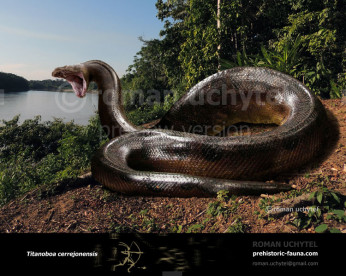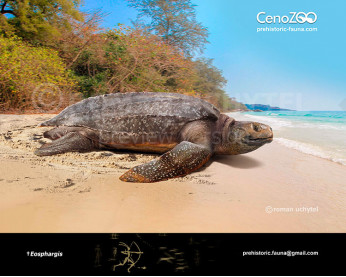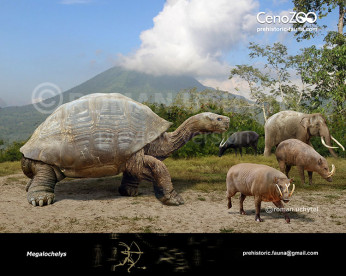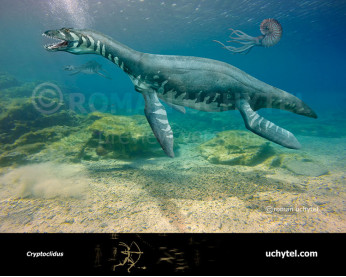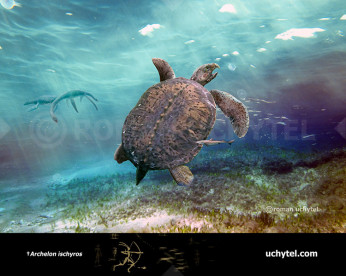Western turtle
1000000003110000000031
Western turtle (†Hesperotestudo (Williams, 1950))
Class: Reptilia
Order: Testudines
Suborder: Cryptodira
Superfamily: Testudinoidea
Family: Testudinidae
Dimensions: up to 1.5 m shell lengths, weight - 20 -500 kg
Expansion: during the Early Miocene–Late Pleistocene (North and Central America)
Hesperotestudo is an extinct genus of tortoise native to North and Central America (ranging as far south as Costa Rica) from the Early Miocene to the Late Pleistocene. Species of Hesperotesudo varied widely in size, with a large undescribed specimen from the Late Pleistocene of El Salvador reaching 150 cm in carapace length, larger than that of extant giant tortoises. Historically considered a subgenus of Geochelone, it is now considered to be distantly related to that genus. Its relationships with other tortoises are uncertain. The exposed areas of the bodies of Hesperotesudo species were extensively covered with large dermal ossicles, which in life were covered in keratin. It has been suggested that species of Hesperotestudo were relatively tolerant of cold weather. Hesperotestudo became extinct at the end of the Pleistocene and beginning of the Holocene co-incident with the arrival of the first humans in North America, and sites have been found where Hesperotestudo were butchered.
Payment
You may use multiple payment methods to buy image such as credit cards, PayPal and bank transfer.
Western turtle (†Hesperotestudo (Williams, 1950))
Class: Reptilia
Order: Testudines
Suborder: Cryptodira
Superfamily: Testudinoidea
Family: Testudinidae
Dimensions: up to 1.5 m shell lengths, weight - 20 -500 kg
Expansion: during the Early Miocene–Late Pleistocene (North and Central America)
Hesperotestudo is an extinct genus of tortoise native to North and Central America (ranging as far south as Costa Rica) from the Early Miocene to the Late Pleistocene. Species of Hesperotesudo varied widely in size, with a large undescribed specimen from the Late Pleistocene of El Salvador reaching 150 cm in carapace length, larger than that of extant giant tortoises. Historically considered a subgenus of Geochelone, it is now considered to be distantly related to that genus. Its relationships with other tortoises are uncertain. The exposed areas of the bodies of Hesperotesudo species were extensively covered with large dermal ossicles, which in life were covered in keratin. It has been suggested that species of Hesperotestudo were relatively tolerant of cold weather. Hesperotestudo became extinct at the end of the Pleistocene and beginning of the Holocene co-incident with the arrival of the first humans in North America, and sites have been found where Hesperotestudo were butchered.

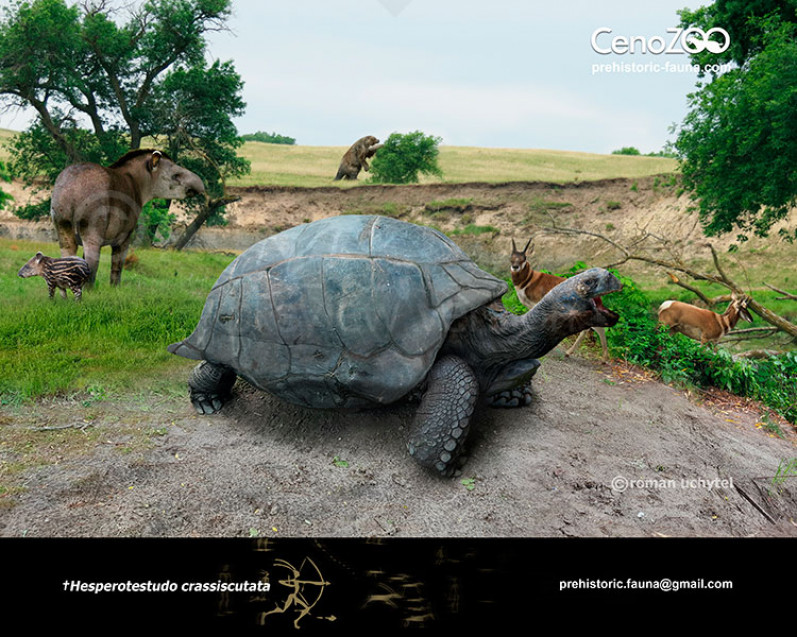
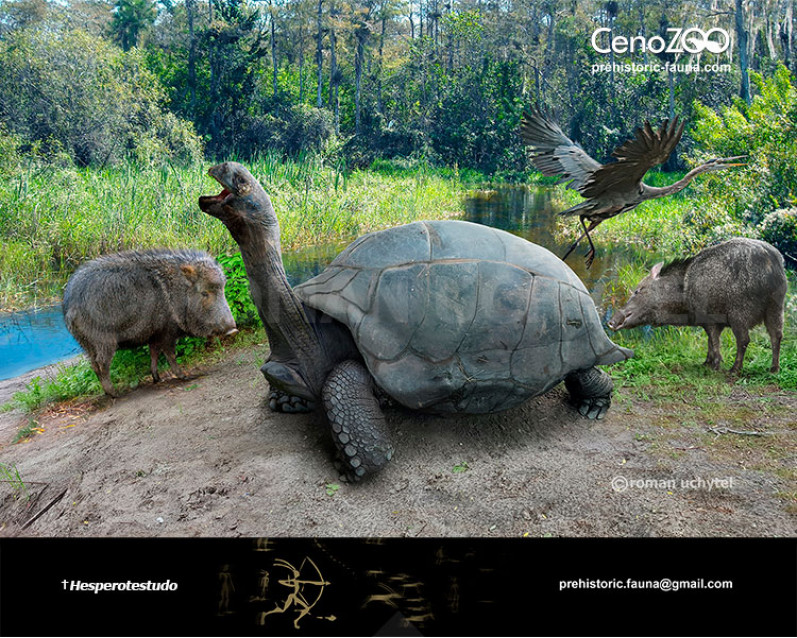
-797x638.jpg)


-70x56.jpg)
